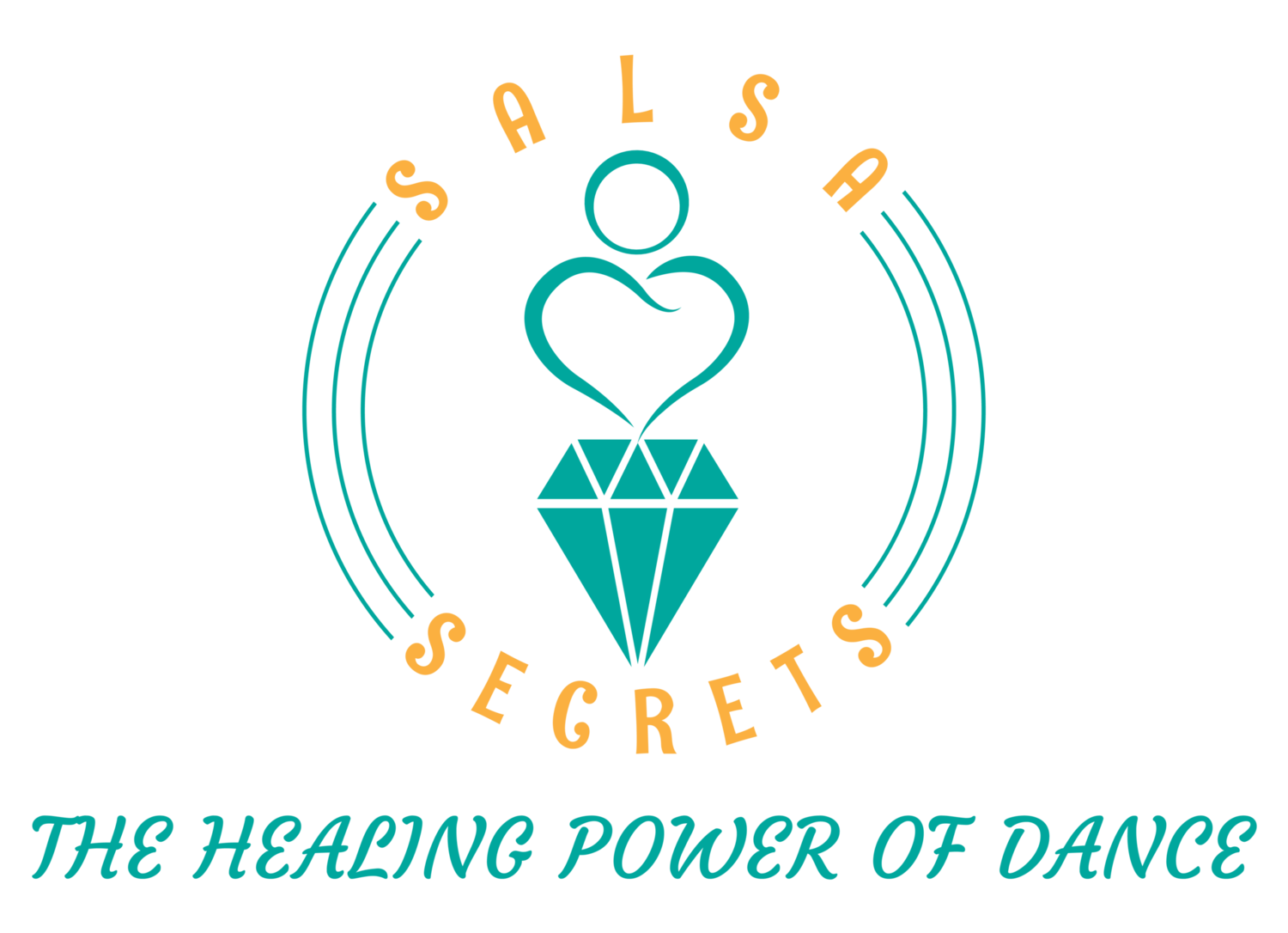Salsa, the vibrant and infectious dance music that has captured the hearts of millions around the world, is a genre steeped in rich cultural heritage. Originating in the streets of New York City, salsa is a product of diverse musical traditions, intermingling rhythms, and cultural exchanges. In this blog post, we delve into the origins of salsa, tracing its roots and exploring the fascinating journey that has shaped this beloved genre.
Origin of Salsa
Salsa emerged in the 1960s and 1970s in the vibrant multicultural landscape of New York City. It was a time when Latin American immigrants, particularly from Puerto Rico and Cuba, brought their musical traditions and rhythms to the streets, clubs, and dance halls. The fusion of Afro-Caribbean, Cuban, Puerto Rican, and other Latin American influences gave birth to the dynamic and evolving sound of salsa.
The roots of salsa can be traced back to the Afro-Cuban music traditions, particularly the son montuno. The son, a Cuban genre, blended African rhythms and melodies with Spanish harmonies, creating a lively and syncopated style. The son montuno laid the foundation for salsa, influencing its rhythm, instrumentation, and improvisational nature.
Popularization of Salsa
Puerto Rican musicians played a pivotal role in shaping salsa's sound and popularity. Artists like Tito Puente, Eddie Palmieri, and Willie Colón infused their music with Puerto Rican elements, such as the bomba and plena rhythms. Puerto Rican vocalists, known for their passionate and emotive performances, added a distinct flavor to salsa's lyrical expression.
Cuban mambo, with its lively brass arrangements and captivating rhythms, exerted a significant influence on the development of salsa. The mambo era of the 1940s and 1950s, led by icons like Dámaso Pérez Prado and Benny Moré, showcased the infectious spirit of Afro-Cuban dance music and laid the groundwork for the salsa revolution in New York City.
The formation of Fania Records and the rise of the Fania All-Stars in the 1970s marked a defining moment in salsa history. The Fania All-Stars, a collective of talented musicians and vocalists, including Celia Cruz, Héctor Lavoe, and Rubén Blades, brought salsa to a global audience. Their energetic performances and innovative arrangements propelled salsa into the mainstream and solidified its place in music history.
Evolution of Salsa
As salsa gained popularity, it spread to other regions and countries, adapting to local influences and evolving into various sub-genres. In Colombia, salsa was infused with the traditional cumbia rhythms, giving birth to "salsa caleña." In Puerto Rico, salsa dura emerged, characterized by its hard-hitting brass sections and aggressive percussion. Salsa also found a home in cities like Miami, Los Angeles, and Cali, each contributing their own unique flavors to the genre.
Salsa continues to evolve and thrive in the 21st century. Modern salsa artists and bands, such as Marc Anthony, Gilberto Santa Rosa, and El Gran Combo de Puerto Rico, carry the torch, infusing the genre with contemporary influences while honoring its roots. Salsa festivals, social dances, and dedicated dance communities around the world celebrate the spirit and joy of salsa, keeping the tradition alive and vibrant.
Salsa is the embodiment of cultural fusion, rhythm, and celebration. Born on the streets of New York City, this genre weaves together Afro-Caribbean, Cuban, Puerto Rican, and other Latin American influences, creating a captivating musical tapestry.
As we dance to the infectious rhythms of salsa and embrace its multicultural origins, let us pay homage to the artists, musicians, and dancers who have shaped this beloved genre and continue to keep its spirit alive.
Join us in keeping the spirit alive at one of our next Salsa Secrets events!

